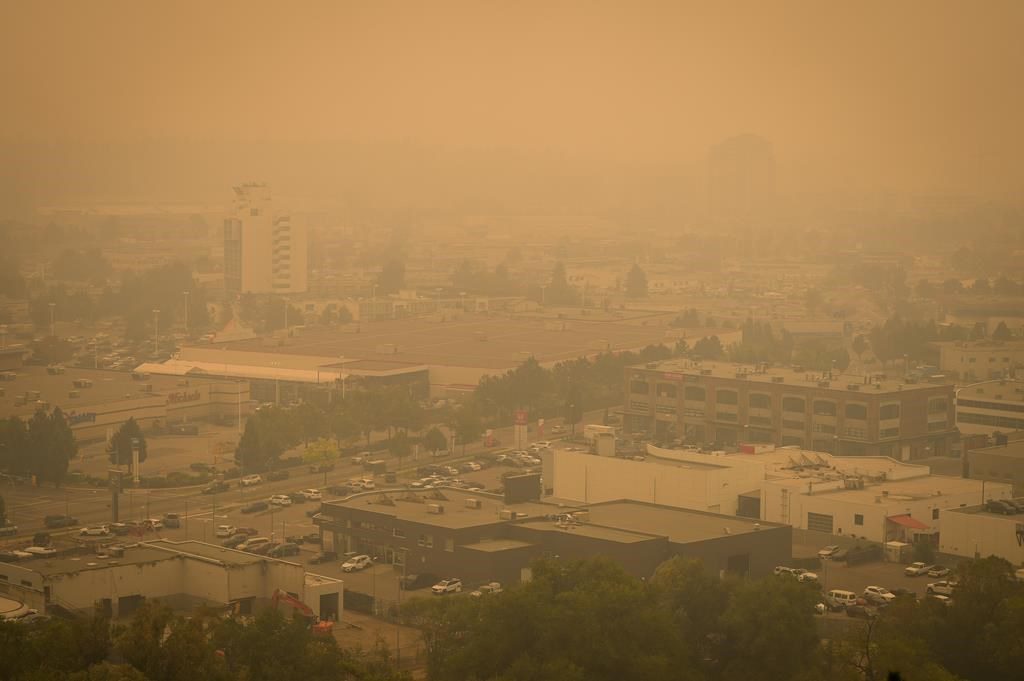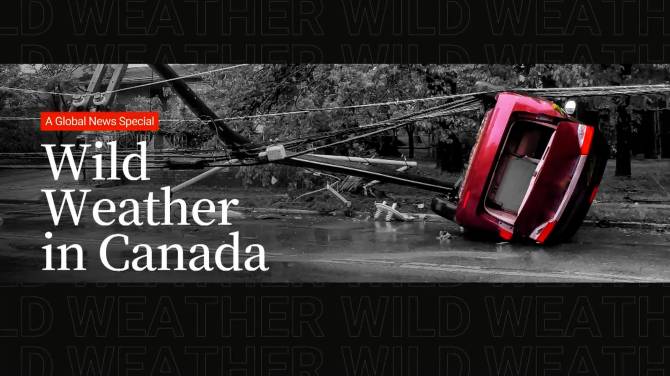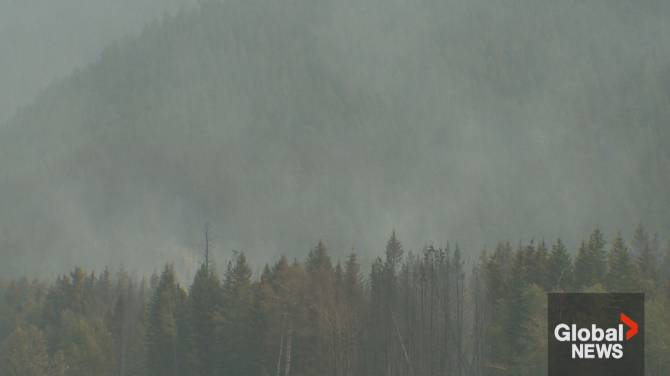For the first time since 2018, Canada’s air pollution levels last year were worse than those in the United States, according to an air-quality firm's assessments.
The sixth World Air Quality report, released by Swiss firm IQAir, mentions that raging wildfires had a major impact on Canada’s air quality in 2023. Air Quality The report published on Tuesday states that Canadian air quality dropped due to the influence of severe wildfires.
Although Canada still generally has less polluted air on average, the report warns about the health risks posed by more intense wildfire seasons, which are exacerbated by human-caused climate change.
Dr. Samantha Green, a family physician with Unity Health Toronto and associate professor at the University of Toronto, who was not involved with the report, emphasized the dangers of air pollution, calling it a silent killer that requires more attention.
Green stressed the need for greater awareness of the problem and the importance of addressing it more effectively.
READ MORE: Persistent wildfire smoke has led to poor air quality across Alberta, according to reports.
Health Canada estimates that air pollution causes 15,300 premature deaths annually in Canada and that wildfire smoke exposure is strongly linked to chronic conditions like asthma, as well as an increase in emergency room visits for respiratory issues.
The U.S. usually dominates the World Air Quality report’s list of the 15 most polluted cities in both the U.S. and Canada, with Canadian cities appearing on the list only three times since the first assessment was published in 2018. However, last year, due to thick wildfire smoke, the roles were reversed.
According to the report, out of the 15 cities on the list, 14 were from Canada, mainly from Alberta and British Columbia, with Fort McMurray and Peace River ranking at the top. Pollution levels in Peace River exceeded the national average in May, surpassing the annual average in India, the third-most polluted country in the world.
The report compiles data from various sources around the world, including governmental and non-profit organizations, on PM2.5 pollution, which consists of fine particulate matter that can pose health risks by penetrating deep into the lungs. The data is presented in micrograms per cubic meter and compared against World Health Organization guidelines to maintain concentration levels below 5.
READ MORE: Research suggests that wildfire smoke may increase the risk of brain disease.
Canada was found to be less polluted than 92 of the 134 countries, regions, or territories surveyed in the report, with annual concentration levels of 10.3, about twice as high as the WHO guideline. Bangladesh was reported as the most polluted, followed by Pakistan and India.
Only seven countries reported average annual pollution concentrations within the World Health Organization’s guideline, including Mauritius, Iceland, and Australia.
The report identified Prince Rupert, B.C., as the least polluted regional city in Canada, with an annual average concentration of 2.7, while Fort McMurray was the most polluted, with an average of 22.8—nearly five times higher than the WHO guideline.
As Canada prepares for a potentially severe wildfire season, some experts have called for greater public awareness about the health risks associated with air quality. They also emphasized the need for air filters and clean air shelters.
'I believe that we need everyone's help,' she stated.





